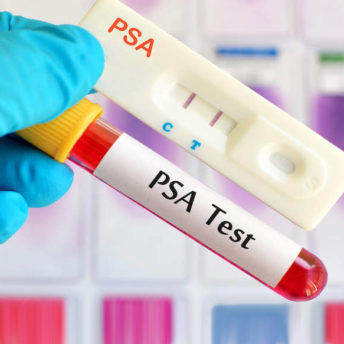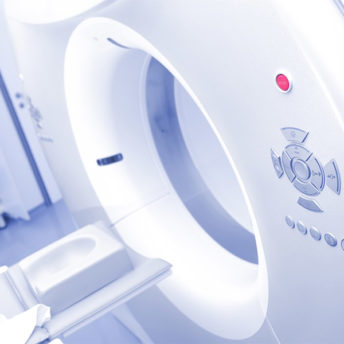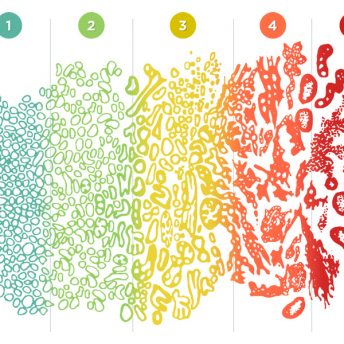Competition in MRI Technology
“Everyone is keeping up with the Joneses, and there are more Joneses than ever.” This statement from art critic Jerry Saltz refers to the buying habits of a public hungry for trendy art. However, it could as easily apply to MRI technology, where the strength of the magnet—measured in units called Tesla, or T—makes all keep readingDesigning Clinical Trials for Focal Salvage Ablation
Treating prostate cancer by thermal ablation uses extreme heat or cold to destroy the tissue. Prostate ablation was originally performed as a radical (total gland) treatment because prostate cancer was considered a multifocal disease. In other words, ablation was used as a substitute for surgical removal (prostatectomy) or radiation of the whole gland. It wasn’t keep readingWhat’s the Most Effective Prostate Cancer Treatment?
You’ve probably heard the saying that a camel is a horse that was designed by a committee. It is a comic way of recognizing that groups of people with no unifying vision or systematic communication process are likely to fail at collective design. However, there is an effective antidote. It is an approach to gaining keep readingDemythologizing the Gold Standard
We live in an age of medical specialties that “compete” for patients. In women’s health, for example, treating noncancerous growths called uterine fibroid tumors has traditionally been the territory of gynecologists. Gynecologists, like urologists, were trained in surgery so they often recommend hysterectomy (surgical removal of the uterus) as the gold standard for treating severe keep readingStatins and Prostate Cancer: An Update
Last December I posted a blog entry on the possibility that statins, a class of cholesterol-lowering drugs, can reduce the risk of developing aggressive prostate cancer (PCa). If you’re interested, I summarized the relationship between how statins control cholesterol and scientific theories about the connection with PCa; you can read it at https://sperlingprostatecenter.com/statins-prostate-cancer/. I try keep readingNew Imaging Application Will Improve Multiparametric MRI
Back in May, I posted an article on our website about Haralick texture analysis as an amplification of prostate cancer features on multiparametric MRI. On July 28, a journal article on which I based the piece I posted was picked up by a medical news service, so I thought it was worth bringing attention to keep readingMRI and The Magic 8 Ball

BPH and Prostate Cancer: Is There a Connection?








